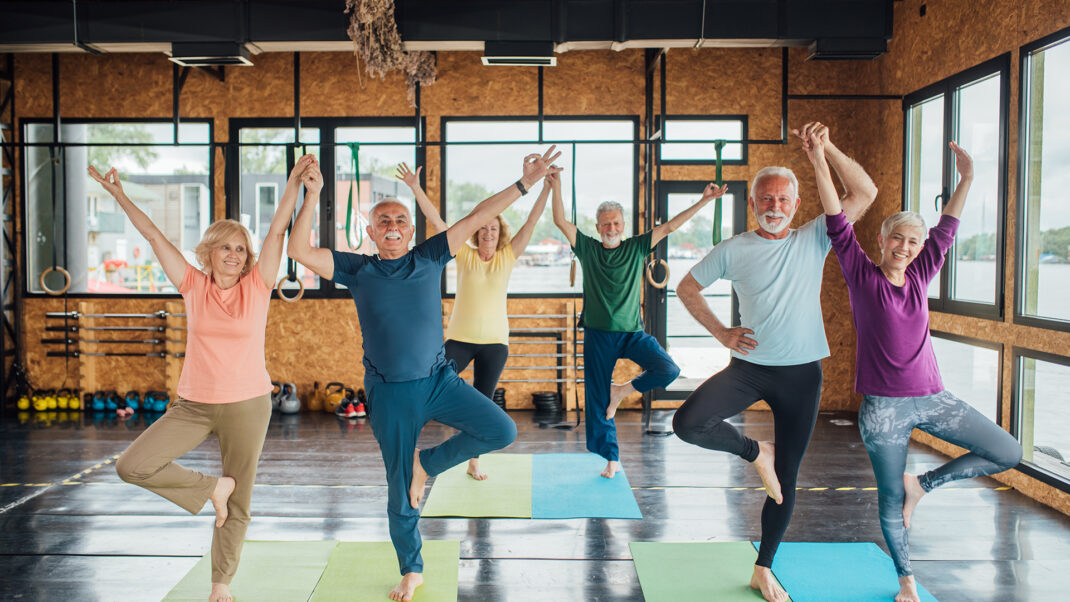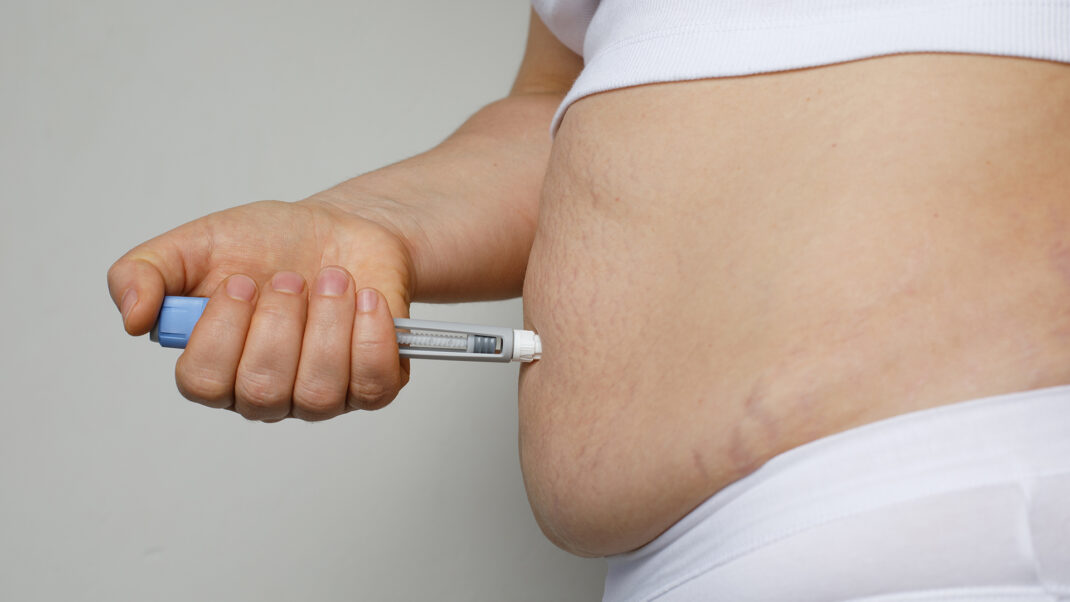A NEAT New Strategy for Weight Control
As obesity in both children and adults continues to rise, the need to recognize all contributing causes and attempt to develop combating strategies becomes of pressing importance. Clearly, an inactive lifestyle and low levels of structured exercise, coupled with excessive energy intake, are commonalities observed among a sizable proportion of overweight/obese children and adults in today’s society. However, a new line of research is also looking at the role daily posture allocation—or, more specifically, standing, walking and fidgeting—plays in weight gain and obesity. This relatively new area of exploration is the component of energy expenditure known as NEAT, or non-exercise activity thermogenesis (thermogenesis = the physiological process that produces heat). Innovative researchers in this area have revealed some surprising new information.
NEAT comprises the energy expenditure of all daily activities that are not considered planned physical activity; these include standing, walking, talking, fidgeting and sitting. To measure NEAT, Levine and colleagues had previously developed and validated sensitive monitoring instruments to be worn on the hips and legs 24 hours a day during the testing period. These devices, called “inclinometers” and “triaxial accelerometers,” are about the size of large pedometers and capture data on body position and through all planes of movement 120 times a minute. The combination of this data with other laboratory measurements of energy expenditure leads to a calculation of NEAT. Previous findings by Levine and colleagues indicate that changes in NEAT accompany changes in energy balance, which may be meaningful in affecting weight management.
The researchers recruited 20 healthy volunteers who had one very similar description of their planned physical activity—they did none. All subjects were self-proclaimed “couch potatoes.” Of the 20 volunteers, five men and five women had BMI measurements of 23 ± 2 (classifying them as lean) and five men and five women had BMI measurements of 33 ± 2 (classifying them as mildly obese). The authors noted that they selected a mildly obese population because people in this group are less likely to have medical impediments and orthopedic troubles than the morbidly obese. With each subject wearing an inclinometer and triaxial accelerometer, the researchers collected data every half-second for 10 days. The authors highlighted the incredible data acquisition aspect of the study by noting that they had 25 million data points on movement and posture for each subject after completion of the 10-day experiment.
Using a sample population of nonexercisers, this investigation was searching for posture and movement clues that would explain how the 10 lean men and women differed from the 10 mildly obese men and women—and some clues did indeed surface. The obese subjects were seated for 164 minutes longer each day than the lean participants. In addition, the lean participants were upright for 152 minutes longer per day than the obese subjects. (See “Comparison of Obese and Lean Subjects” on page 24.) Sleep times between the groups did not vary at all.
In essence, the energy expenditure generated by the lean subjects’ extra movement averaged 352 ± 65 calories per day, which is equivalent to about 36.5 pounds in 1 year.
Exploring further, the researchers sought to understand why there seemed to be a tendency for overly fat persons to sit more than lean individuals. To this end, the authors conducted follow-up pilot research (start-up research that will need to be validated by larger studies). The pilot study suggested that the posture allocation differences seen among subjects in this study may have had a biological determination. (That is, obese persons may have a natural propensity to sit more.) However, if this were the total explanation, it is likely that obesity would have been a consistent problem over time; yet the evidence shows that it has been increasing dramatically the last few decades. Consequently, the authors speculate that lean and obese persons may respond differently to various environmental cues that promote sedentariness, such as technology, transportation, computer-based worksites, portion sizes and calories in restaurant meals, the availability of low-cost fast food, etc.
As fitness professionals, many of us spend a lot of time and energy designing exercise programs for clients who wish to achieve weight management changes, and we surely should continue in these efforts. However, as we all know, even with good intentions, inspiration, motivation and what new equipment technology can provide, not all individuals will maintain their exercise programs. According to the American College of Sports Medicine (2006), approximately 50% of people drop out of exercise within 1 year. Therefore, another important direction we can take to help clients attain their weight loss goals is to find ways for them to be more mobile in their daily life (see “Suggestions for Being More Active During the Day,” below). The considerable consequences are clearly seen with this study of nonexercisers, in which significantly more walking and fidgeting resulted in an additional expenditure of 350 calories per day by the lean subjects as compared to their obese counterparts.
Encouraging your clients to make small movement changes in their daily lives may very well contribute to some profound changes in their overall weight management goals.
Comparison of Obese and Lean SubjectsObese
Ambulatory
373 minSitting
571 minLean
Ambulatory
526 minSitting
407 min
1. Take every opportunity to walk, e.g., during your lunch hour, after dinner, to and from your place of work or worship.
2. If you take public transit, get off a stop early and walk.
3. Take your dog to the park.
4. Wash the car by hand.
5. Run or walk fast when doing errands.
6. Pace the sidelines at your kids’ athletic games.
7. Take the wheels off your luggage.
8. Perform gardening and/or home repair activities yourself, and avoid labor-saving devices such as power mowers.
9. At work, instead of e-mailing associates or colleagues, walk to their desks to talk with them.
10. At the mall, walk around quickly, and take the stairs instead of the escalator.
For many more tips on incorporating movement in everyday life, visit www.smallstep.gov.
References
Len Kravitz, PhD
Len Kravitz, PhD is a professor and program coordinator of exercise science at the University of New Mexico where he recently received the Presidential Award of Distinction and the Outstanding Teacher of the Year award. In addition to being a 2016 inductee into the National Fitness Hall of Fame, Dr. Kravitz was awarded the Fitness Educator of the Year by the American Council on Exercise. Just recently, ACSM honored him with writing the 'Paper of the Year' for the ACSM Health and Fitness Journal.






